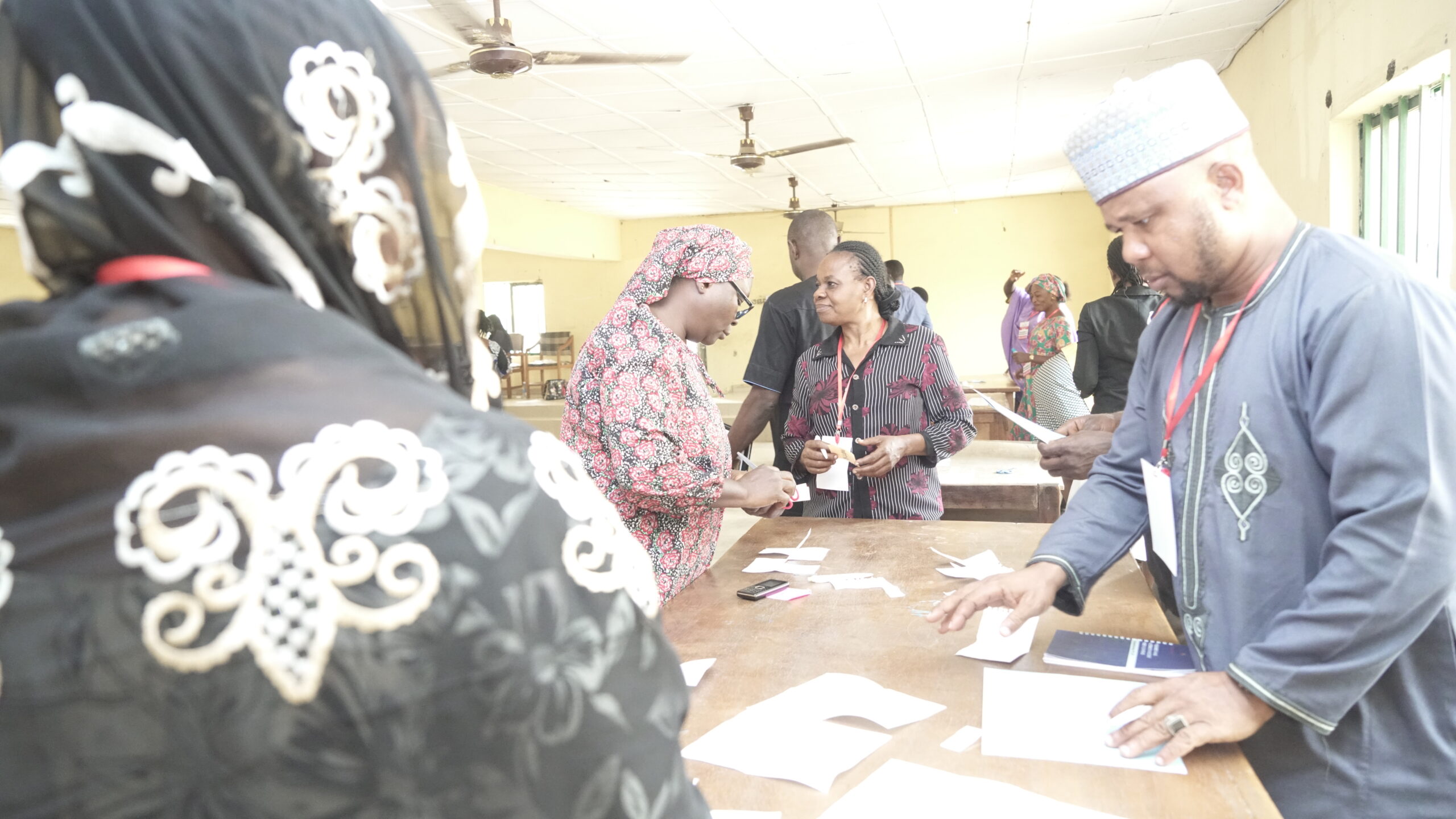On the 30th of august 2022, I attended the launch of USAID’s Leveraging Education Assistance Resources in Nigeria (LEARN) to Read program in Nigeria.
The 5-year project is aimed at supporting the literacy of primary school children in the country
“The new USAID activity will ensure that school-age children and youth in Nigeria are able to gain foundational skills, such as literacy and numeracy, safely, while building critical social and emotional skills to progress to higher levels of education, training, and employment
Stephen Menard, Supervisory Program Office Director USAID/Nigeria
What struck me about this initiative is the fact that children will be taught basic education in their local languages, while subsequently teaching them English literacy. So the hausa kid will not be stopped from learning the alphabet and having number skills, just because he doesn’t speak English.
Other activities like one-on-one home visits to children, reading programs, Education Development Committees, and school literacy days, would further strengthen literacy, build the capacity of teachers, and “…raise minimum academic standards for reading curriculum.” (This Day).
Over the past 20 years, USAID has worked tirelessly to implement programs that improve literacy in Nigeria. LEARN to Read is another investment worth $48.8 million, to provide a future to over 3 million Nigerian children, in 5,900 schools.
The LEARN to Read activity will build on the gains of the recently concluded USAID-funded Northern Education Initiative (NEI Plus), which improved reading outcomes for more than one million children in Bauchi and Sokoto states…it will leverage more state and private resources to infuse global best practices for the teaching and learning of early grade reading in the states.
This Day Newspapers
With the high hopes raised at the occasion and even nationwide, we can only pray that the initiative works. Our children, especially our girls, may just be gifted with a better future through this initiative. Thank you, USAID.





